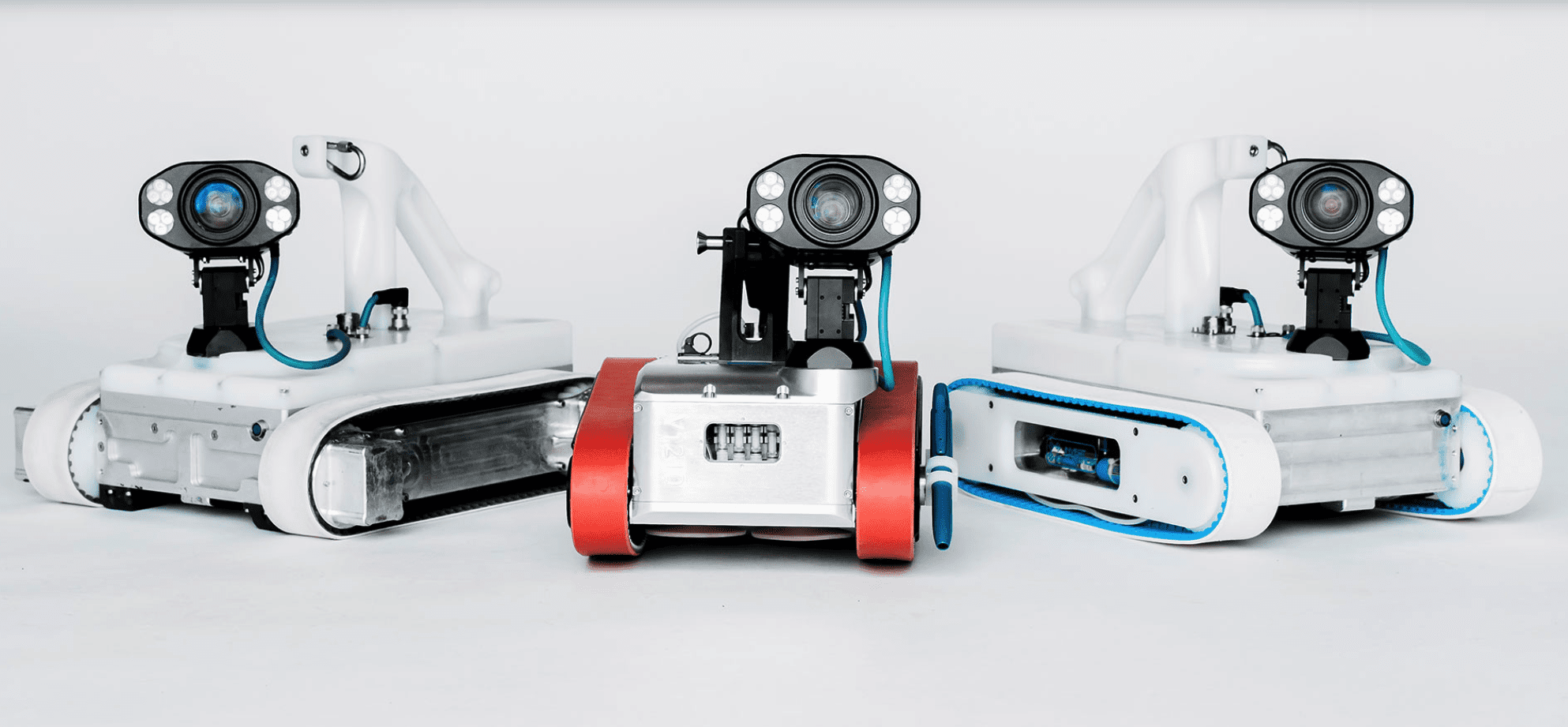Case Study Time: Spark Testing Solution for ECTFE Lining in a Storage Tank

The most exciting thing about robotic NDT testing is that the accepted boundaries are always being examined, pushed and broken. Leading providers in such technology, Invert Robotics, are always seeking ways to add NDT tools to their advanced robot solutions.
When a regular customer within the chemical industry asked them if they could provide spark testing to determine the quality of the ethylene chlorotrifluoroethylene (ECTFE) lining in a polyester tank, they were – of course – keen to rise to the challenge.
The Asset
The testing needed was that of ECTFE lining welds within a fibreglass reinforced polyester storage tank. The client is a major producer of zeolite products and, up until now, such investigations had been carried out on-site by trained inspectors. The client was interested in the possibility of a remote inspection instead.
The Challenges
The biggest challenge was that of carrying out an inspection in a manner that hadn’t yet been attempted. A remote inspection would bring many advantages, including speed, reduced human risk and, of course, decreased loss of revenue because of asset downtime.
The goal was to inspect the lining welds utilising spark testing, with all the seams between the liner panels needing investigation. For Invert Robotics – and, indeed, the task in question – this was a first. Therefore, it required forethought as to how to successfully equip a robot with the necessary tools for the job.
The Solution
The Invert Robotics vacuum robot was quickly determined as the ideal remote tool. It was mounted with a Buckley’s PST-1090, 230 V A/C spark tester on an adaptable frame. To do so required a bespoke designed and 3D-printed grip.
Once this was done, the voltage of the tester was set to the required strength. It was necessary to have eyes on the tester head, via a camera, to visualise any sparks that would show any incomplete coverage.
After mapping the geography of the tank, the robot was introduced into the vessel. A pre-determined path allowed it to cover the entirety that ensured total coverage of the interior.
The remote testing provided the following advantages:
- A highly accurate inspection
- Massively reduced asset downtime
- No need for any human confined space entry
The mission was a complete success, with the testing carried out in record time and the kudos of being the very first remote testing of its kind successfully achieved.
Such innovation lies at the heart of solution-centric equipment provider, Nexxis. Technology is forever providing new methods of NDT testing that reduce costs, asset downtime, risk and more. Savvy companies are embracing the technological revolution, leaving the competition floundering in their wake.
Contact us to find out more about our range of robots or any of our other inspection products, or request a quote online.
Read more about our new robots here: Meet the New Robots
